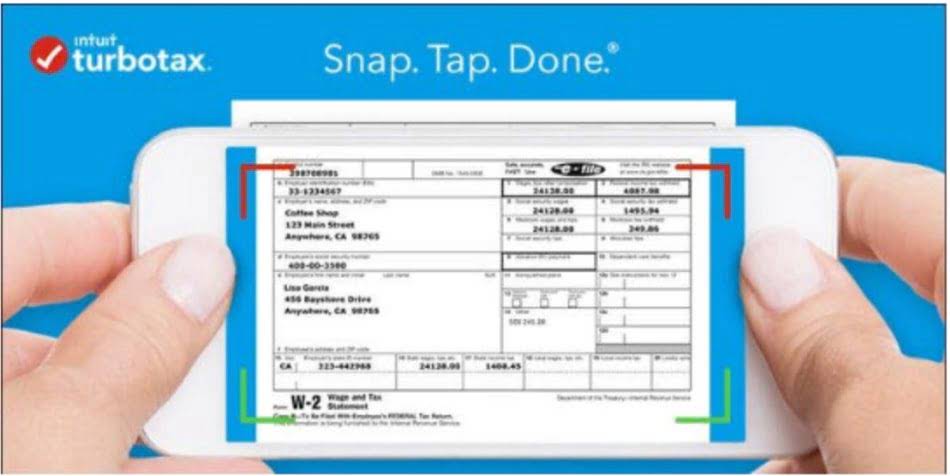
FIFO is also generally considered to be a more accurate and reliable inventory valuation method since it is more difficult to misrepresent lifo and fifo costs. As such, FIFO is a generally accepted accounting principle in almost all jurisdictions, whereas LIFO accounting is only accepted in some. It’s important to check industry standards in your jurisdiction to ensure your valuation method meets regulatory compliance. The type of inventory that a business holds can influence its choice of FIFO or LIFO. For example, businesses with a beginning inventory of perishable goods will usually choose FIFO, since it’s in their best interest to sell older products before they expire. Using the appropriate inventory valuation system can help track real inventory management practices.
Average Cost

For https://www.bookstime.com/ example, let’s say that a bakery produces 200 loaves of bread on Monday at a cost of $1 each, and 200 more on Tuesday at $1.25 each. FIFO states that if the bakery sold 200 loaves on Wednesday, the COGS (on the income statement) is $1 per loaf because that was the cost of each of the first loaves in inventory. The $1.25 loaves would be allocated to ending inventory (on the balance sheet). Gross income is calculated by subtracting the cost of goods sold from a company’s revenue for a given period. Therefore, when COGS is lower (as it is under FIFO), a company will report a higher gross income statement. LIFO reserve is the difference between accounting cost of inventory calculated using the FIFO method and the one calculated using the LIFO method.
- Due to economic fluctuations and the risk that the cost of producing goods will rise over time, businesses using FIFO are considered more profitable – at least on paper.
- Another reason why businesses would use LIFO is that during periods of inflation, the LIFO method matches higher cost inventory with revenue.
- We believe everyone should be able to make financial decisions with confidence.
- Many, or all, of the products featured on this page are from our advertising partners who compensate us when you take certain actions on our website or click to take an action on their website.
- FIFO and LIFO are helpful tools for calculating the value of your business’s inventory and Cost of Goods Sold.
FIFO vs. LIFO: How to Pick an Inventory Valuation Method
Ng offered an example of FIFO using real numbers to show the formula in action. Regardless of the price you paid for your wire, you chose to keep your selling price stable at $7 per spool of wire. Companies outside of the United States that use International Financial Reporting Standards (IFRS) are not permitted to use the LIFO method. Companies within the U.S. have greater flexibility on the method they may choose and can opt for either LIFO or FIFO.

LIFO vs FIFO: What’s the Difference?

When a business uses FIFO, the oldest cost of an item in an inventory will be removed first when one of those items is sold. This oldest cost will then be reported on the income statement as part of the cost of goods sold. In general, both U.S. and international standards are moving away from LIFO. Some companies still use LIFO within the United States for inventory management but translate it to FIFO for tax reporting.
We’re firm believers in the Golden Rule, which is why editorial opinions are ours alone and have not been previously reviewed, approved, or endorsed by included advertisers. The Ascent, a Motley Fool service, does not cover all offers on the market. You also need to remember that you need special permission from the IRS in order to use the LIFO method, and if you do business internationally, you cannot use LIFO at all. Using the following example, we’ll be able to see how LIFO and FIFO affect the cost of goods sold and net income. Even if you’ve been using one or the other for years, you can always change methods, though you should seek the guidance of a CPA during this somewhat complicated process. By using LIFO, a company would appear to be making less money than it actually did and, therefore, have to report less in taxes.
- Because of the current discrepancy, however, U.S.-based companies that use LIFO must convert their statements to FIFO in their financial statement footnotes.
- Companies that sell perishable products or units subject to obsolescence, such as food products or designer fashions, commonly follow the FIFO inventory valuation method.
- So, Lee decides to use the LIFO method, which means he will use the price it cost him to buy lamps in December.
- We hope that our LIFO vs FIFO comparison has given you a better understanding of the key differences between the two.
- Under the LIFO method, assuming a period of rising prices, the most expensive items are sold.
The sum of $6,080 cost of goods sold and $7,020 ending inventory is $13,100, the total inventory cost. FIFO and LIFO produce a different cost per unit sold, and the difference impacts both the balance sheet (inventory account) and the income statement (cost of goods sold). Inventory is often the most significant asset balance on the balance sheet. If you operate a retailer, manufacturer, or wholesale business, inventory may require a large investment, and you need to track the inventory balance carefully. Managing inventory requires the owner to assign a value to each inventory item, and the two most common accounting methods are FIFO and LIFO. So, which inventory figure a company starts with when https://x.com/BooksTimeInc valuing its inventory really does matter.
